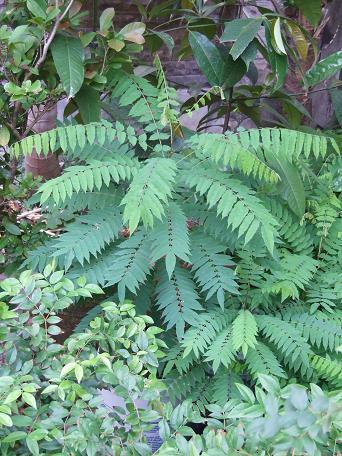ORIGIN AND DISTRIBUTION
The Starfruit is from Malaysia and Indonesia, now common throughout tropical Asia and the neo-tropics. Most of the world’s commercial cultivation occurs in Brazil, the West Indies, and Malaysia.
USES AND ETHNOBOTANY
The fruit, as the name would suggest, is shaped like a star. There are multiple varieties of Starfruit, both sweet and sour. Sweet varieties tend to be lighter in color and smaller, about five inches long and three inches wide. Sour varieties are larger and more orange in color.
Starfruit is especially rich in Vitamins A, B, C, phosphorus and calcium. The vitamin C content is comparable to that of an orange. Each fruit contains between 8 – 10 % sugar.
In addition to the fruit the flower and leaves are edible.
PROPAGATION AND CULTIVATION
Starfruit can be propagated easily from seed. Germinate seeds in a well drained soil mix. Trees are often grafted to preserve selected varieties. The grafted carambola can be quite small, compact and heavily bearing, usually no larger then 12 m high. Grafted trees will begin to bear fruit when just a few feet tall. Grafted trees can be managed at four meters and, in favorable conditions, bear so much fruit the branches will break if they aren’t harvested.




